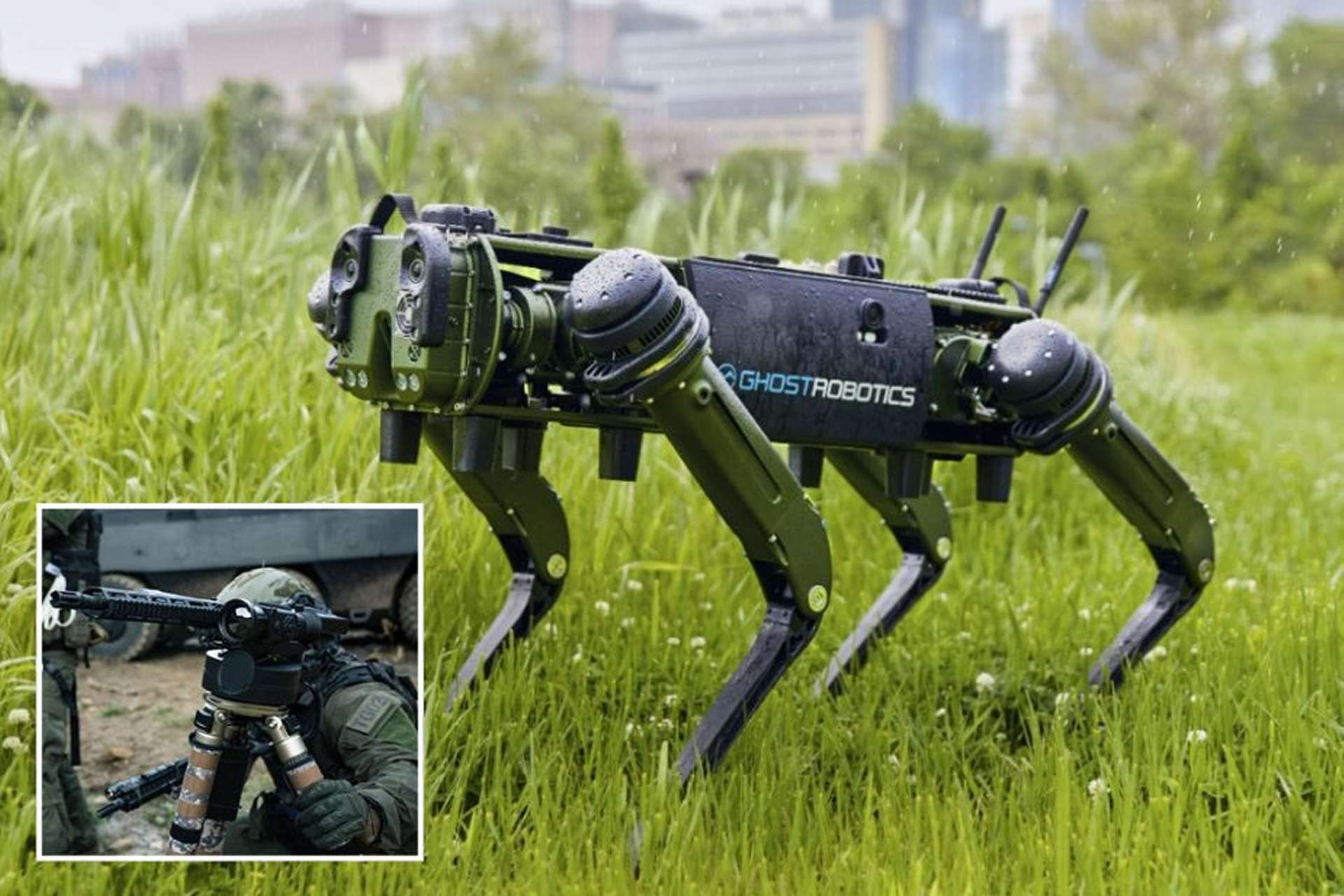Breaking news
US Marine Special Forces Tests New Robot Dogs with Weapon Systems.
The United States Marine Special Forces (MARSOC) are currently testing "robot dogs" equipped with remote weapon stations that automatically detect targets before receiving authorization to fire, as reported by War Zone. These robotic systems, armed with rifles, represent a first for an organization within the U.S. military, although similar concepts have been explored both in the U.S. and abroad.

Screenshot of the Video published by Onyx Industries showing one of the MARSOC robot dogs (Picture source: Onyx Industries)
Eric Shell, Director of Business Development at Onyx Industries, confirmed during SOF Week that these robotic dogs are in service with MARSOC. The robots are equipped with Onyx's SENTRY remote weapon system and are available in 7.62x39mm and 6.5mm Creedmoor calibers. Although the total number of robotic dogs in MARSOC's possession is uncertain, it is clear that those equipped with the SENTRY system are undergoing testing by the command. Shell indicated that these robotic dogs are performing tasks such as tunnel work and perimeter security, though the exact locations of their use were not specified.
The model of the robotic dog used by MARSOC is the Vision 60 from Ghost Robotics, described as a mid-sized all-weather ground drone, agile and durable, designed for a wide range of applications in unstructured urban and natural environments.
The Vision 60 is suited for remote inspection, reconnaissance and surveillance missions, mapping, distributed communication, and persistent security. Ghost Robotics has collaborated with various entities to explore different defense and security applications for the Q-UGV.
The integration of the SENTRY system on the Q-UGVs includes an X360 Pan/Tilt Gimbal stack (providing full electro-optical/infrared capability), an AI-assisted Digital Imaging System (DIS), and what Onyx calls a Remote Actuated Weapon (RAW). This autonomous weapon system can scan and detect targets, including drones, people, and vehicles, with a fire control system that keeps a human operator in the loop to decide on engagement.
The SENTRY system can be operated over "any communication network," allowing remote operations and reducing risks to operators. Onyx also offers a non-lethal configuration that is solely sensor-based, using the same gimbal system.
The use of robotic dogs by MARSOC aligns with their historical use of real dogs in highly dangerous operations, offering similar benefits in terms of capabilities to access confined spaces and gather intelligence. These robotic systems also provide persistent perimeter security, a domain already explored by other branches of the U.S. military, such as the U.S. Air Force, which uses unarmed Q-UGVs for reconnaissance missions at bases like Tyndall and Nellis.
With the global emergence of small unmanned ground and aerial platforms, the use of armed robotic dogs is becoming a reality on modern battlefields, as evidenced by developments in China and Russia. The symmetry between technological advancements and operational capabilities suggests that the integration of armed drone autonomy into military operations will continue to grow, with potential implications for the role of humans in future combat decisions.

The model of the robotic dog used by Marso is The Vision 60 from Ghost Robotics with the SENTRY system from Onyx (left bottom) (Picture source: Onyx Industries/Ghost Robotics)


























